Asteroids: The Skyborne Catastrophe That Ended Dinosaurs
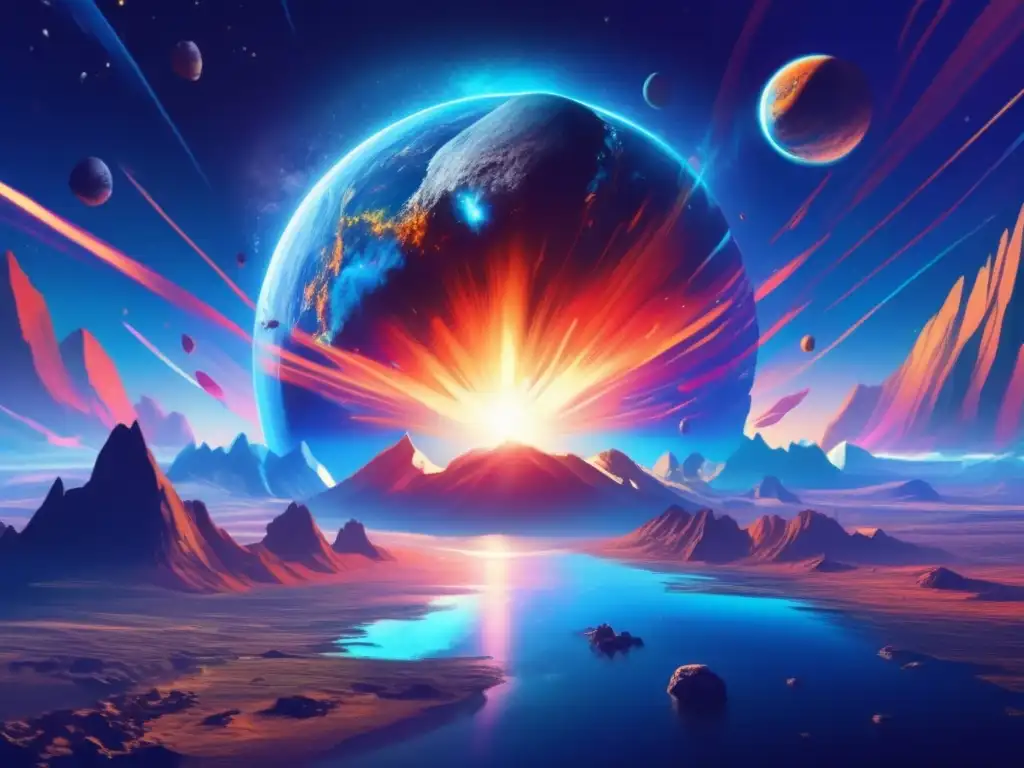
Introduction
In the history of our planet, there have been several cataclysmic events that have shaped life as we know it. One such event was the asteroid impact that ended the reign of the dinosaurs on Earth. This article delves into the science behind asteroid impacts and how they led to the extinction of these majestic creatures.
The Formation and Composition of Asteroids
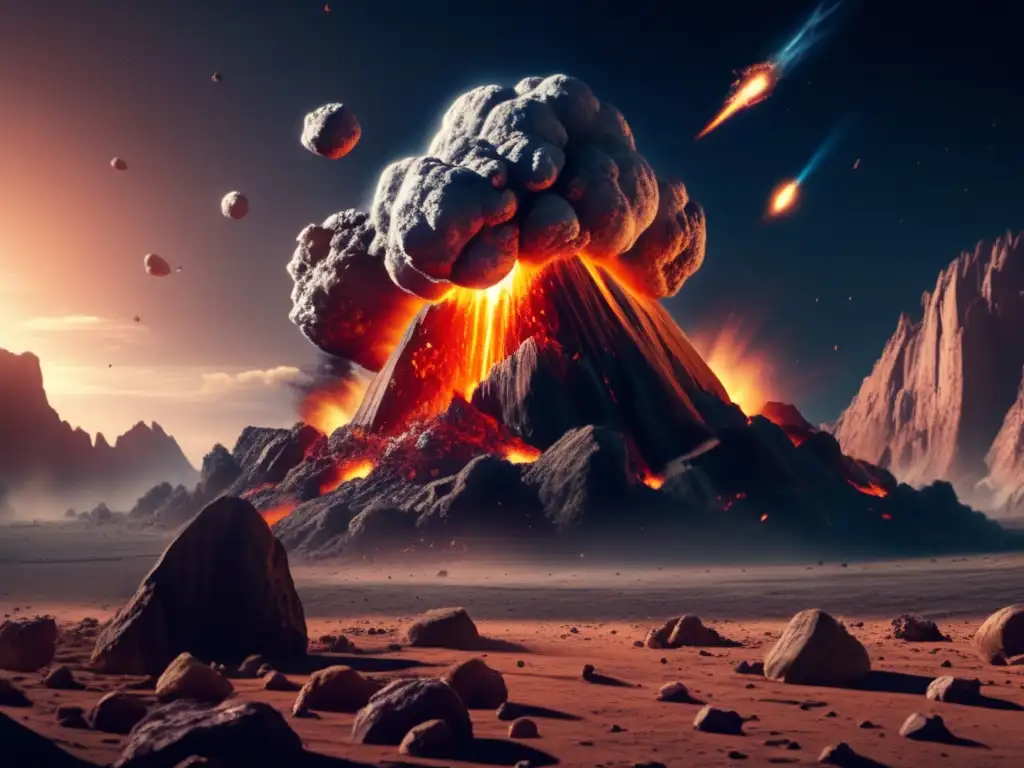
What are Asteroids?
Asteroids are small, rocky bodies that exist in the solar system. They differ from planets in that they are much smaller and lack the gravitational pull to clear debris from their orbits. Asteroids are classified as minor planets, and there are millions of them in the asteroid belt between Mars and Jupiter.
How are Asteroids Formed?
The most widely accepted theory for the formation of asteroids is the "Catastrophic Disruption" theory. According to this theory, asteroids were formed from the debris left over after a larger celestial body was destroyed.
What are Asteroids Made of?
Asteroids are composed of rock, metal, and sometimes ice. They are classified into three categories based on their composition: C-type, S-type, and M-type.
The Science Behind Asteroid Impacts
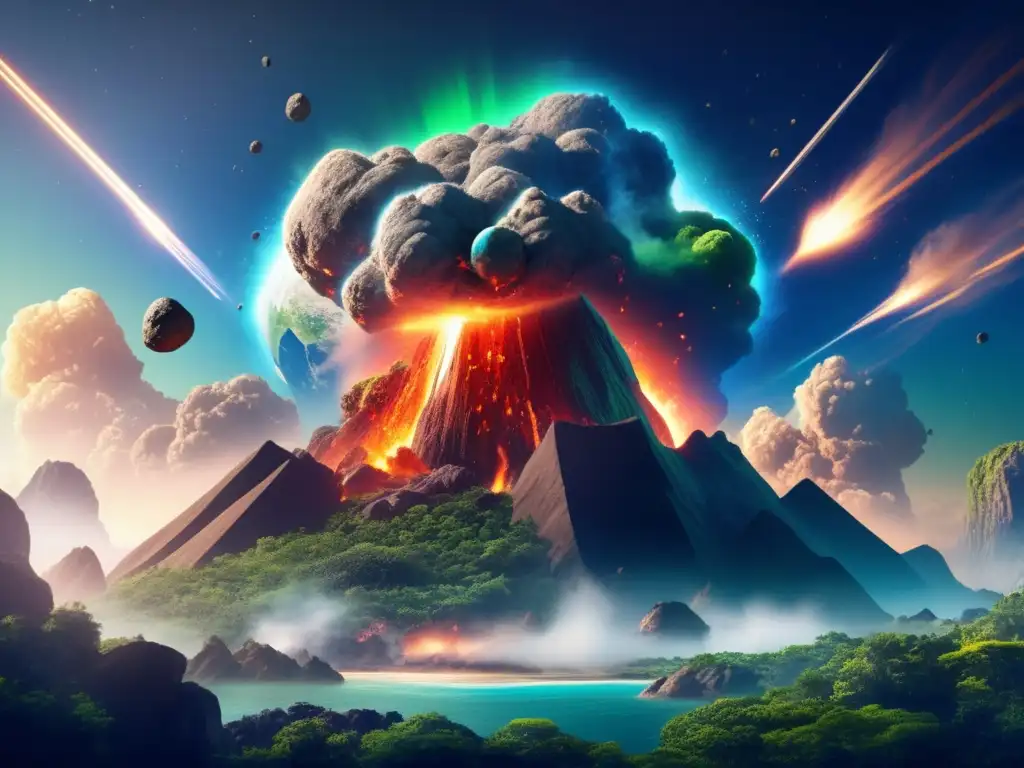
Frequency of Asteroid Impacts
Asteroid impacts have been occurring throughout the history of the Earth. However, the frequency of these impacts has varied over time. There have been five mass extinction events on Earth, and it is believed that four of them were caused by asteroid impacts.
Effects of Asteroid Impacts
Asteroid impacts can have catastrophic effects on the planet. The most immediate effect is the release of energy, which can be equivalent to multiple nuclear bombs. The impact can cause fires, tsunamis, and earthquakes. The dust and debris from the impact can also block out the sun's rays, causing a "nuclear winter" effect that can last for years.
The Chicxulub Impact
The Chicxulub impact is thought to be the asteroid impact that caused the extinction of the dinosaurs. The asteroid that struck Earth was approximately 10 km in diameter and struck the Yucatan Peninsula in Mexico. The impact created a crater over 180 km in diameter and released energy equivalent to 100 trillion tons of TNT.
The Aftermath of the Chicxulub Impact
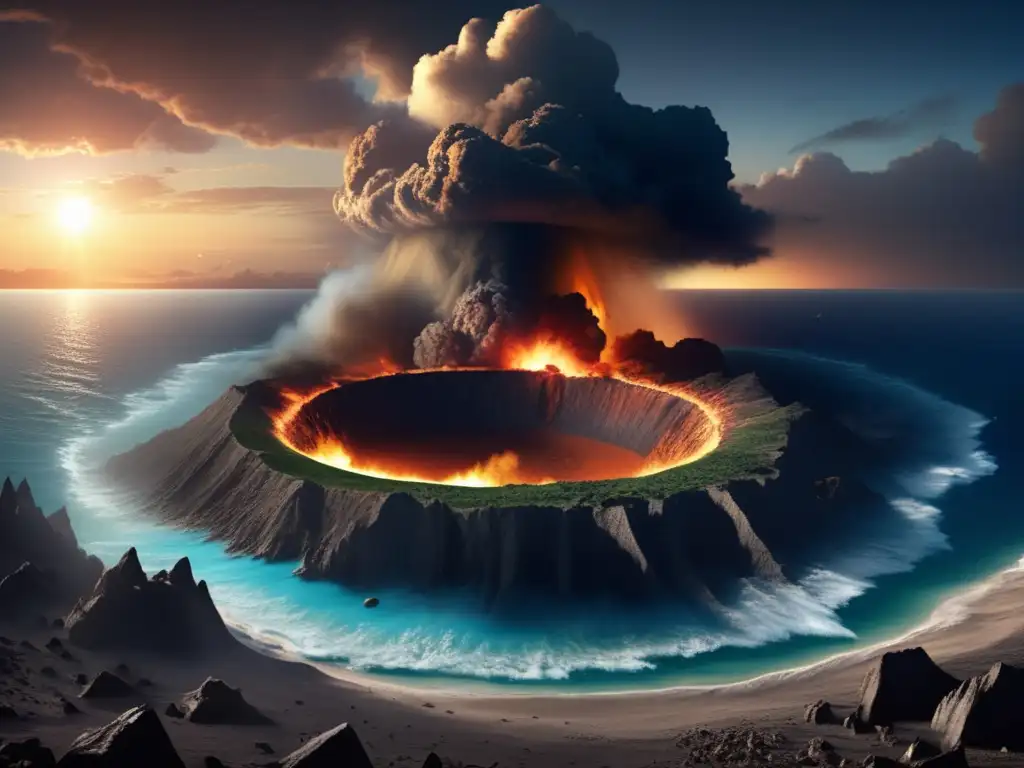
Immediate Effects
The immediate effects of the Chicxulub impact were catastrophic. The impact caused fires, earthquakes, and tsunamis. The impact also released dust and debris into the atmosphere, blocking out the sun's rays and causing a global cooling effect that lasted for years. It is estimated that up to 75% of all life on Earth was wiped out as a result of the impact.
Long-Term Effects
The long-term effects of the Chicxulub impact were equally devastating. The global cooling effect caused by the impact led to the extinction of many species that were unable to adapt to the changing environment. The impact also created new habitats, allowing some species to thrive while others perished.
The Resilience of Life
Despite the catastrophic effects of the Chicxulub impact, life on Earth eventually recovered. New species evolved to fill the gaps left by the extinction of the dinosaurs, and life continued to evolve and thrive. The aftermath of the impact serves as a reminder of the resilience of life and the power of nature.
Frequently Asked Questions
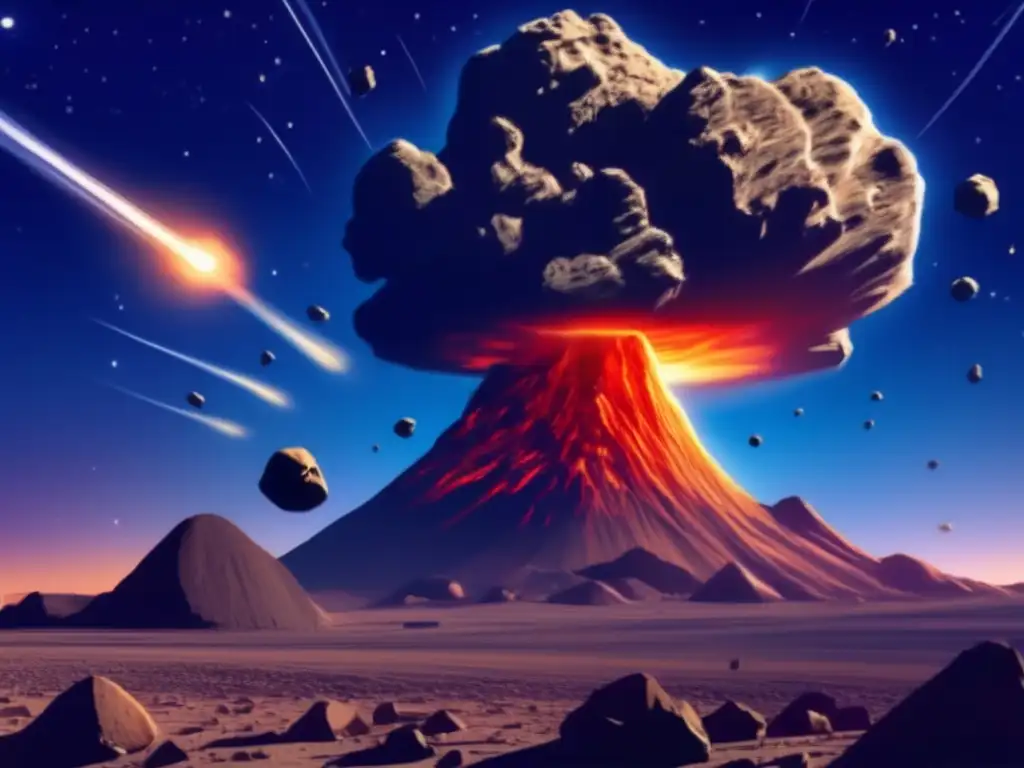
-
How big was the asteroid that caused the extinction of the dinosaurs?
The asteroid that struck Earth was approximately 10 km in diameter.
-
What were the immediate effects of the Chicxulub impact?
The impact caused fires, earthquakes, and tsunamis. The impact also released dust and debris into the atmosphere, blocking out the sun's rays and causing a global cooling effect that lasted for years.
-
Did all life on Earth go extinct as a result of the Chicxulub impact?
No, not all life on Earth went extinct as a result of the Chicxulub impact. However, up to 75% of all life on Earth was wiped out.
-
How did life on Earth recover after the Chicxulub impact?
New species evolved to fill the gaps left by the extinction of the dinosaurs, and life continued to evolve and thrive.
-
Are there any asteroids that are currently a threat to Earth?
Yes, there are several asteroids that are classified as "potentially hazardous." However, scientists are constantly monitoring these asteroids and developing methods to mitigate the risk of impact.
Conclusion
The asteroid impact that led to the extinction of the dinosaurs is a powerful reminder of the destructive potential of these celestial bodies. However, it is also a testament to the resilience of life on Earth. Despite the catastrophic effects of the impact, life eventually recovered and continued to evolve. As we continue to study asteroids and develop methods to mitigate their risk, we must also remember the power of nature and the need to protect our fragile planet.
Thank you for reading this article on Asteroid Realm. We encourage you to share your thoughts in the comments section and to explore more of our content related to asteroids and their impact on our planet.
Additional Resources
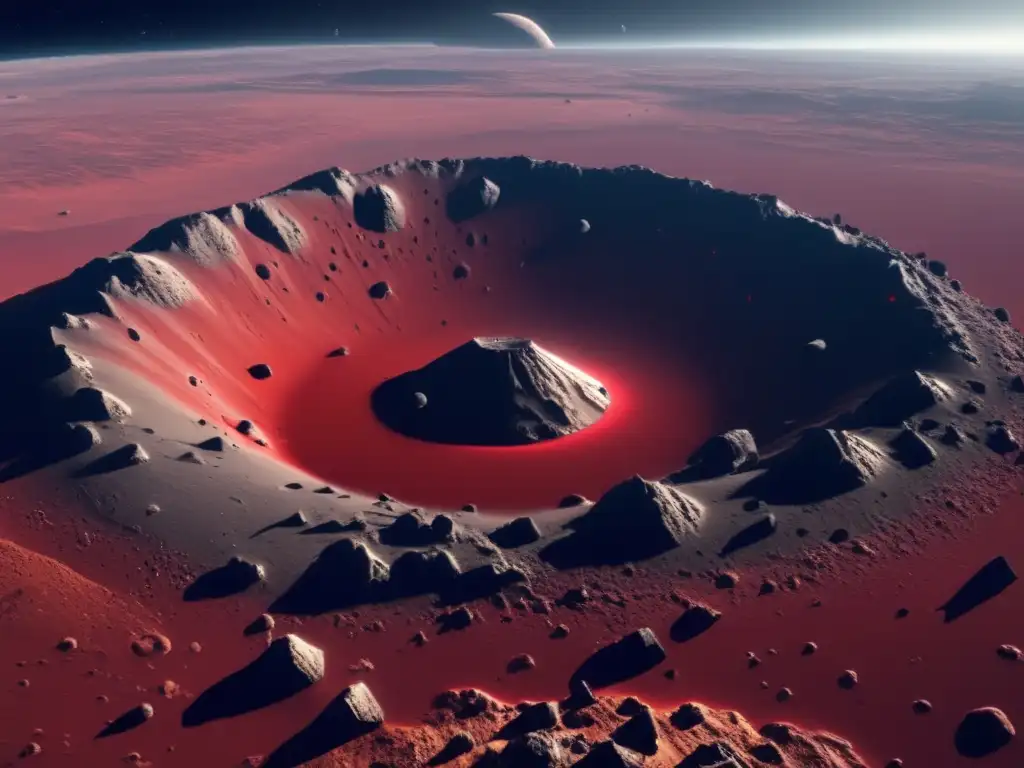
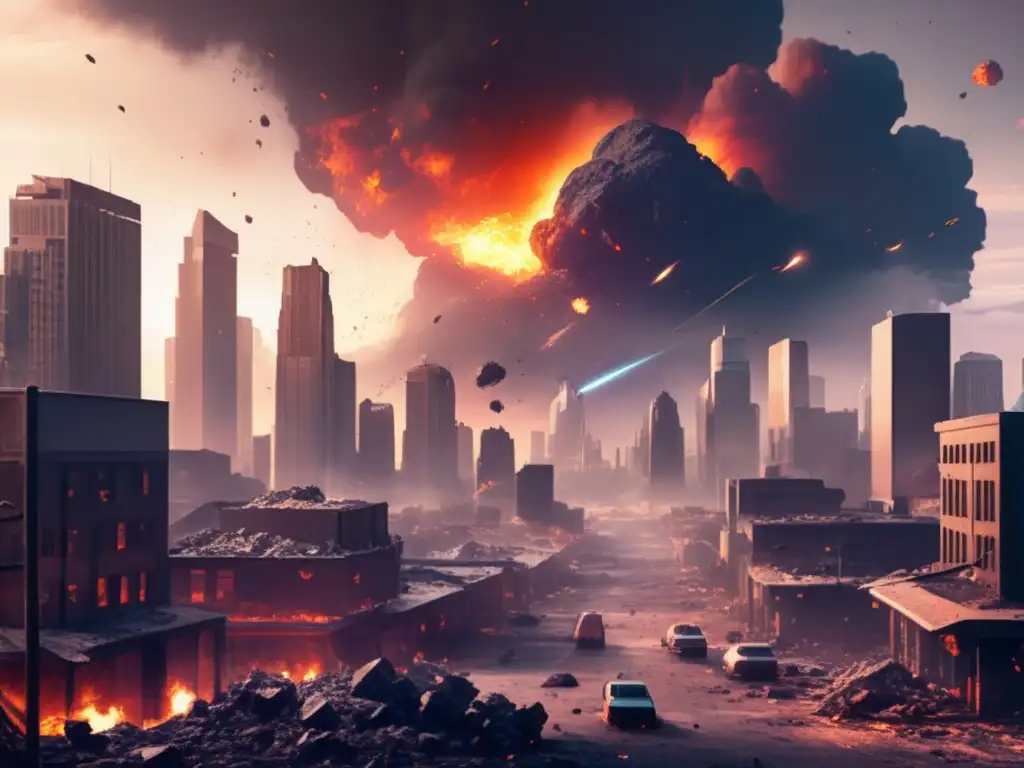 The Dinosaurs' Last Stand: The Asteroid Impact Theory
The Dinosaurs' Last Stand: The Asteroid Impact Theory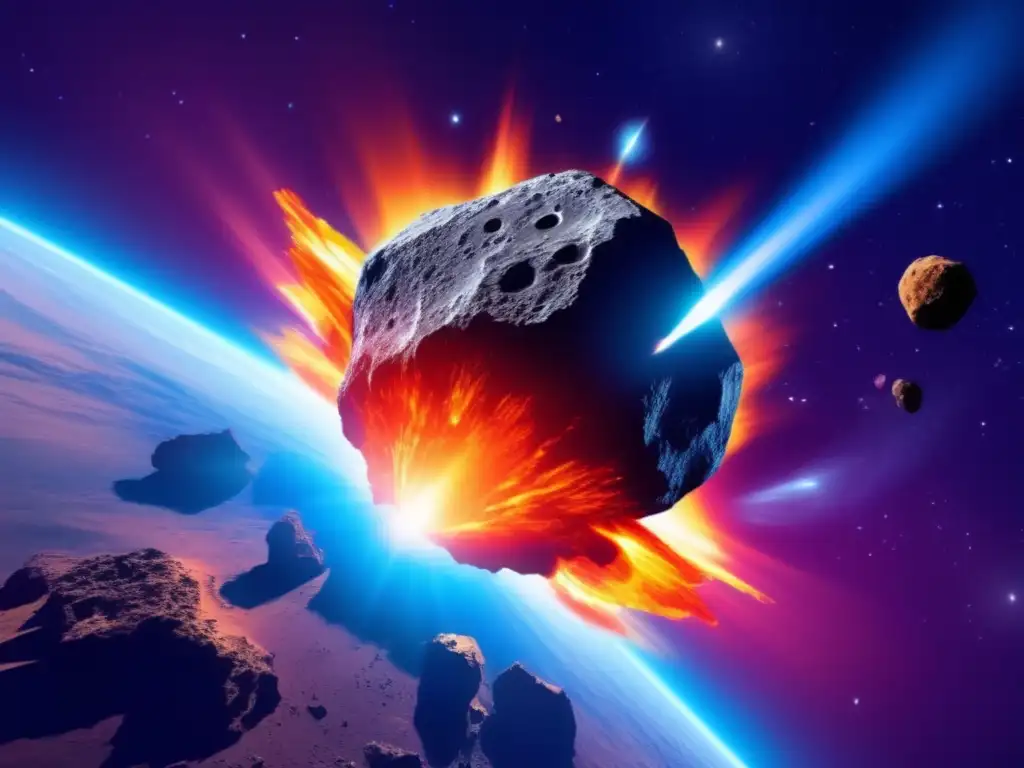 Earth's Darkest Day: The Asteroid That Erased Dinosaurs
Earth's Darkest Day: The Asteroid That Erased Dinosaurs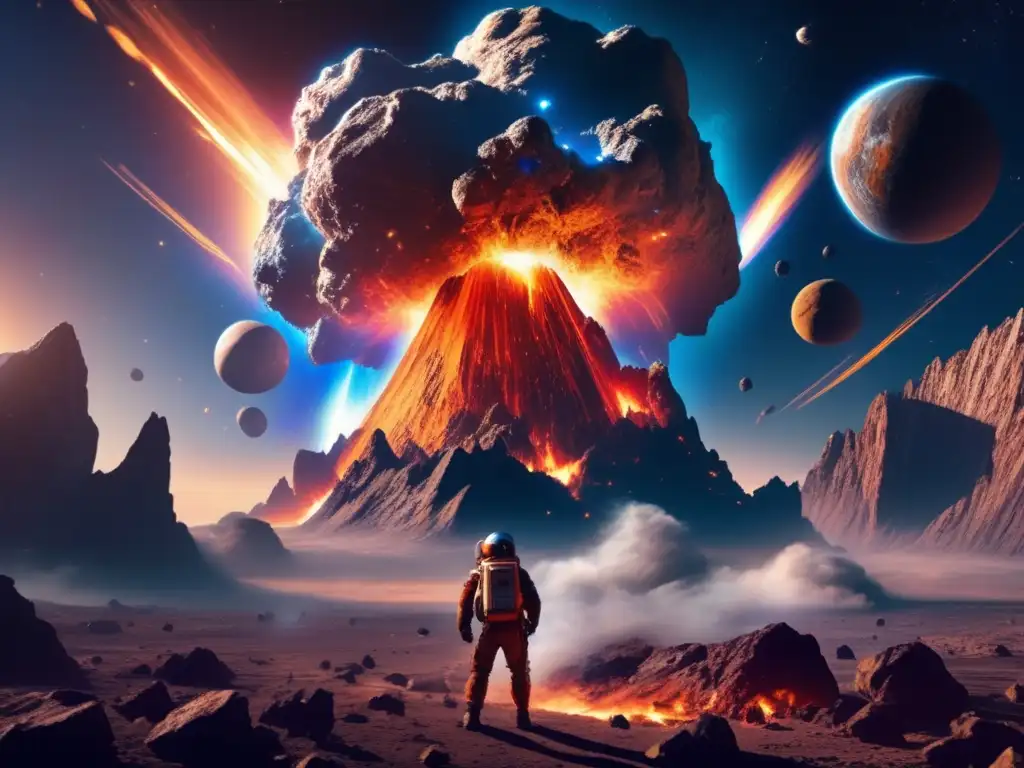 Cataclysm From Above: The Asteroid That Ended The Dinosaur Era
Cataclysm From Above: The Asteroid That Ended The Dinosaur EraIf you want to discover more articles similar to Asteroids: The Skyborne Catastrophe That Ended Dinosaurs, you can visit the Asteroids and Dinosaurs category.
Leave a Reply

Articulos relacionados: